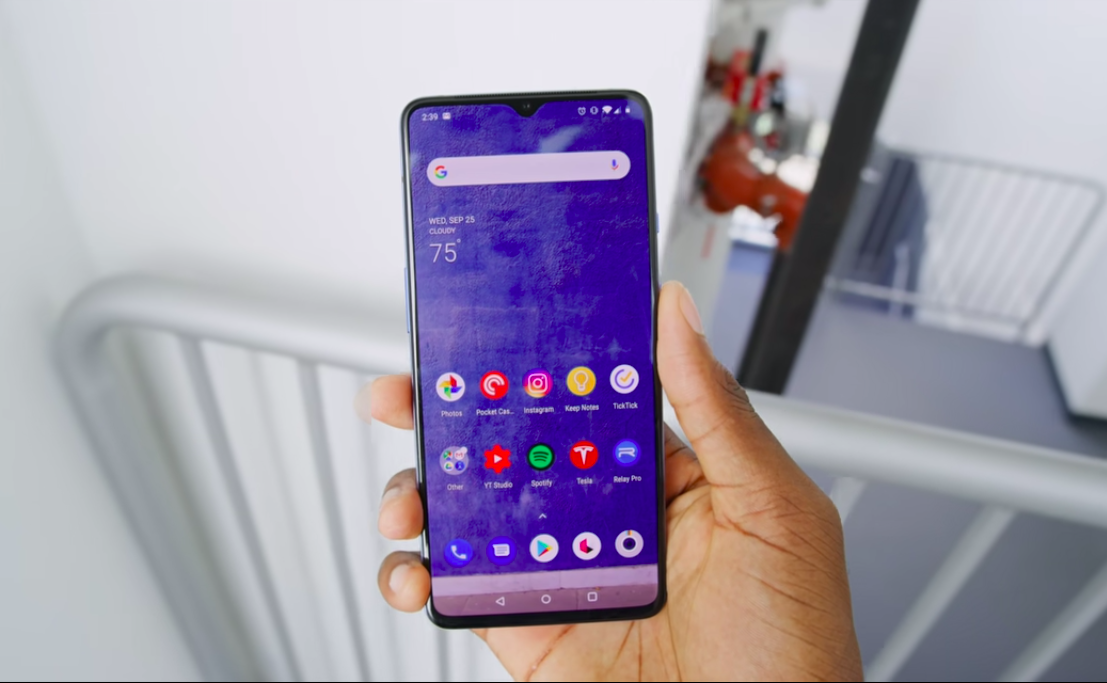Every Android smartphone has an application manager that you can access through the Settings menu. It is usually at the top level somewhere, although it may differ slightly from the phone. But once you get it, you are at the heart of the matter. This area is where you can see every application installed on your phone or tablet. And this is an easy place to clean things up, where they should win.
Application Cache (and how to clear it)
As you use the applications, they start storing files for later reference. These files are stored in an app “cache”. For example: When you are using a web browser, it will save the images you have seen, so that they do not need to download the app every time. This cache saves you time and data.
But maybe you want to clear the cached data of the app, either regain some used space or try to fix an incorrect app. This is the way how you can do it.
Open your phone settings.
Tap on the storage heading to open its settings page.
If your phone runs Android Oreo or earlier, you will want to open App Manager
Tap on another application title to see a list of your installed apps.
Find the application you want to clear the cache and tap its listing.
Tap the Clear Cache button.
The next time you use the app, it will download everything you need from the Internet, like you used it for the first time. Clearing cached data does not clear other data such as logins or saved games. This often fixes things, especially when an app pulls its content from a website that is always changing and adding more content. If you want to completely free up storage, repeat these steps, and choose the Clear Storage button in the last step. Warning: This will delete all data in the app, including usernames and passwords, game progress, etc.
Your phone may look different
All Android phones implement cache data in the same way, but some manufacturers provide different tools to keep apps in check. We are using OnePlus 7T in this guide, but your phone may be slightly different. Don’t worry, the basics are all the same, and this guide will work for your phone too!
Also Read – HOW TO MANAGE ANDROID APP PERMISSIONS
